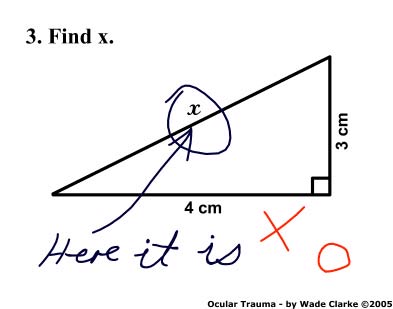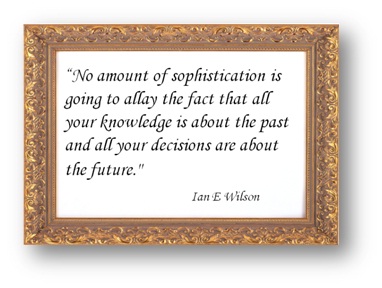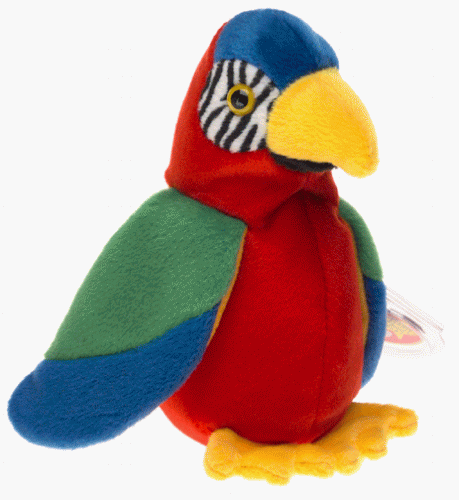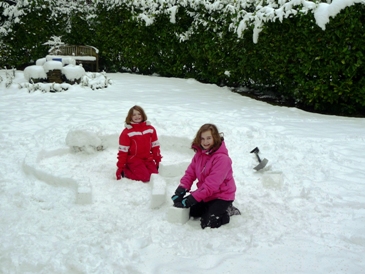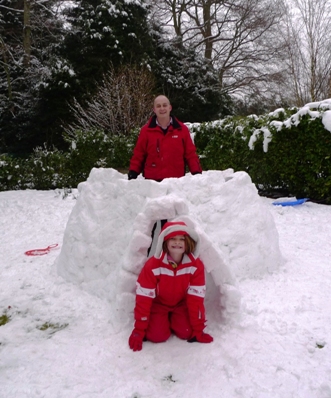Sometimes I come across organisations which have a way of working which naturally encourages the sharing of knowledge – so naturally, in fact, that they don’t realise that the way they operate is different from most other companies.
Posters – perhaps the most effective (and overlooked) social media?
I spent most of last week with a knowledge-friendly Swiss company which has developed a “poster culture” over the past 5 years. Corridors, office walls – pretty much every piece of available wall-space has a poster describing a project, initiative, programme, summary of an event, description of a team and its responsibilities. Every corner you walk around, you pause and think “hmmm, that’s interesting!”. They prompt interaction and conversation.
It’s a surprisingly simple low-tech thing, but it goes a long way to helping people discover what’s going on. No surprises. No closed doors. It puts clear labels on the silos. (see my earlier post – “in defence of silos”)
The same company ran a workshop/conference to update the group on progress on several projects. Rather than using PowerPoint, went to the trouble (and expense) of producing large posters so that people could be walked-through their story. I joined the groups who were circulating between different poster sessions, found myself reflecting on the dynamics.
Yes, in many cases, the posters looked a lot like several PowerPoint slides arranged side-by-side. But even where that was the case, as the reader, I was still in control of which ones I read. Whilst the presenter was talking, I could still flick my eyes back to the material she had just covered, and get a sense of what was still to come. If she’d showed me exactly the same slides, but in the more conventional linear sequence, projected on a screen, driven by the presenter - it would have been different – and I would probably have lost the plot. In the poster environment, I had more control over my own journey through the story. Pointing and asking “could you just clarify what you meant in that bit”, is much easier than interrupting the flow with “could you go back 4 slides – I think it was 4, perhaps 5 – no one more...”
In other cases, the poster-makers took full advantage of their canvas, and drew timelines, rollercoasters and journeys to illustrate their talks, and provided pockets of depth and detail in parts of the poster. You just can’t do that with a conventional 4x3 slide.
Did it cost more?
Yes – $100 per poster – and large posters are unwieldy, require space and take time to put up. Most companies don’t have 2A0 chart-plotters/printers in house – but don’t let that stop you.
Did it add more value?
Disproportionately yes, I would say. Spend the money. Plant some trees to offset the extra paper. Revel in the fact that you don't have a projector in the room.
Did it make best use of the knowledge in the room and encourage dialogue?
I hardly need to answer that.
Yes. After my poster renaissance moment last week in Switzerland, it’s a +1 from me for this form of social media.



